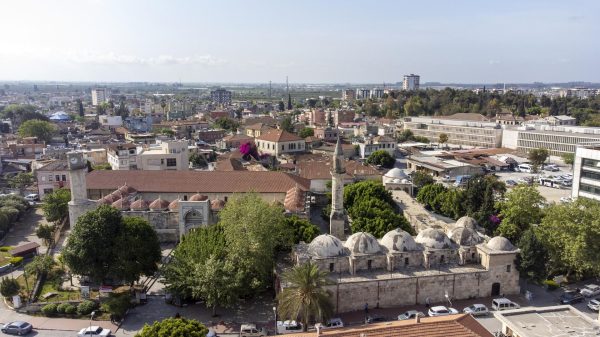An Ebola survivor is likely to have triggered the current outbreak in Guinea, scientists have said, in a shock discovery that means the virus may remain dormant for five years.
The finding, which comes after 29 cases and 13 deaths, raises fresh questions about the ability of Ebola to lurk in the body long term even while the survivor remains outwardly healthy.
“This is pretty shocking,” virologist Angela Rasmussen of Georgetown University told Science magazine. “Ebolaviruses aren’t herpesviruses (which are known to cause long-lasting infections) and generally RNA viruses don’t just hang around not replicating at all.”
Up to now the longest the virus has remained dormant in the body and subsequently cause a new infection was 500 days, said Miles Carroll, a virologist and professor at Oxford University who conducted the world’s largest study of Ebola survivors, which last year concluded immunity from the virus could last many years after infection.
Three independent groups of scientists studying samples from four people infected in Guinea concluded that the genetic makeup is hardly any different to the strain seen in the 2013-2016 outbreak in west Africa that killed 11,000 people.
Scientists say the similarity found in the genome analysis shows the virus is not likely to have passed from animals to humans but is likely to have been transmitted through virus in semen.
After the 2013-2016 outbreak, scientists discovered the virus could remain for extended periods of time in certain “immune privileged” sites in the body including the spinal cord, the brain, the eyes, placenta and the testes.
Sexual transmission was seen as the cause of occasional recurrence of the virus long after the World Health Organization had declared west Africa Ebola free.
“To have a new outbreak start from latent infection five years after the end of an epidemic is scary and new,” Eric Delaporte, an infectious disease physician at the University of Montpellier, told Science magazine.
Scientists believe the index case was a female healthcare worker from a town in the forested region of the Nzérékoré prefect.
She died from a fever but following unsafe practices at her funeral the infection was transmitted to family members and spread to other parts of the country, with an international response swinging into action almost immediately.
MinIONs, mobile genetic sequencing devices, were quickly dispatched from Oxford Nanopore Technologies and a small diagnostics team travelled, from the Bernhard Nocht Institute in Germany, to Guinea to help sequence the virus sampled from infected individuals and compare them to those in the 2013-2016 outbreak.
“This vital sequence data ensured the most effective use of the public health response which will guide the WHO vaccination strategy and local health advice,” said Carroll.
Scientists were then able to determine that the virus was the Makona variant (Zaire ebolavirus) that was responsible for the 2013-2016 outbreak.
The discovery has profound implications for research into Ebola and public health messaging around safe sex practices for survivors, says scientists.
The initial data involved researchers from the Guinea health ministry, Senegal’s Pasteur Institute, the University of Edinburgh, the University of Nebraska Medical Center and the company PraesensBio, and was first published on the virological.org website.





























































Свежие комментарии